I've got a webgl shader which generates a model for me based on three.js using a skeleton and a SkinnedMesh (see example image below).
The problem with that is that three.js does not to my knowledge provide any option to get the vertices resulting from the shader computation used. Is there any way of getting these vertices directly from the buffers used by webgl or through any other means as I need them to save the result as a 3d object file on the client side (e.g. as an .obj or .stl).
I unfortunately cannot provide the source code but I hope as this is a fairly general question regarding webgl this might be enough information to help me?
